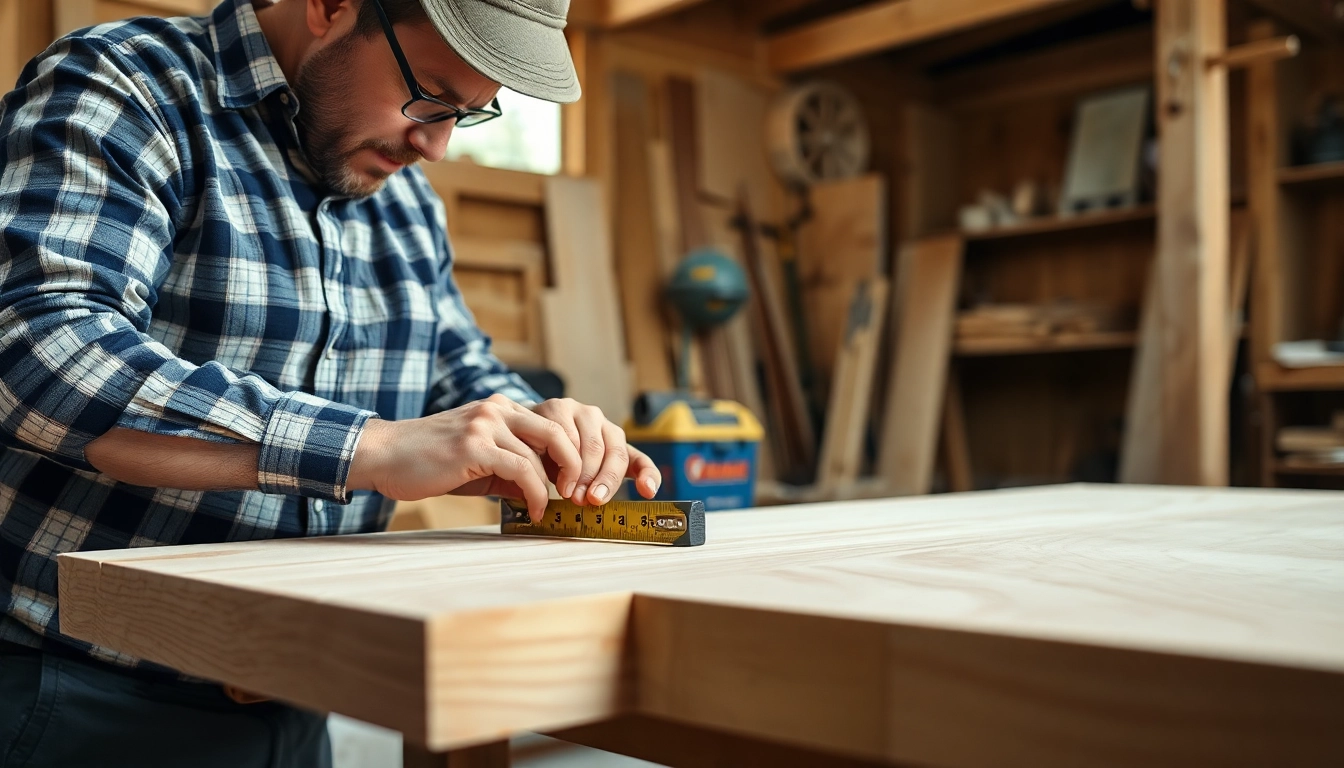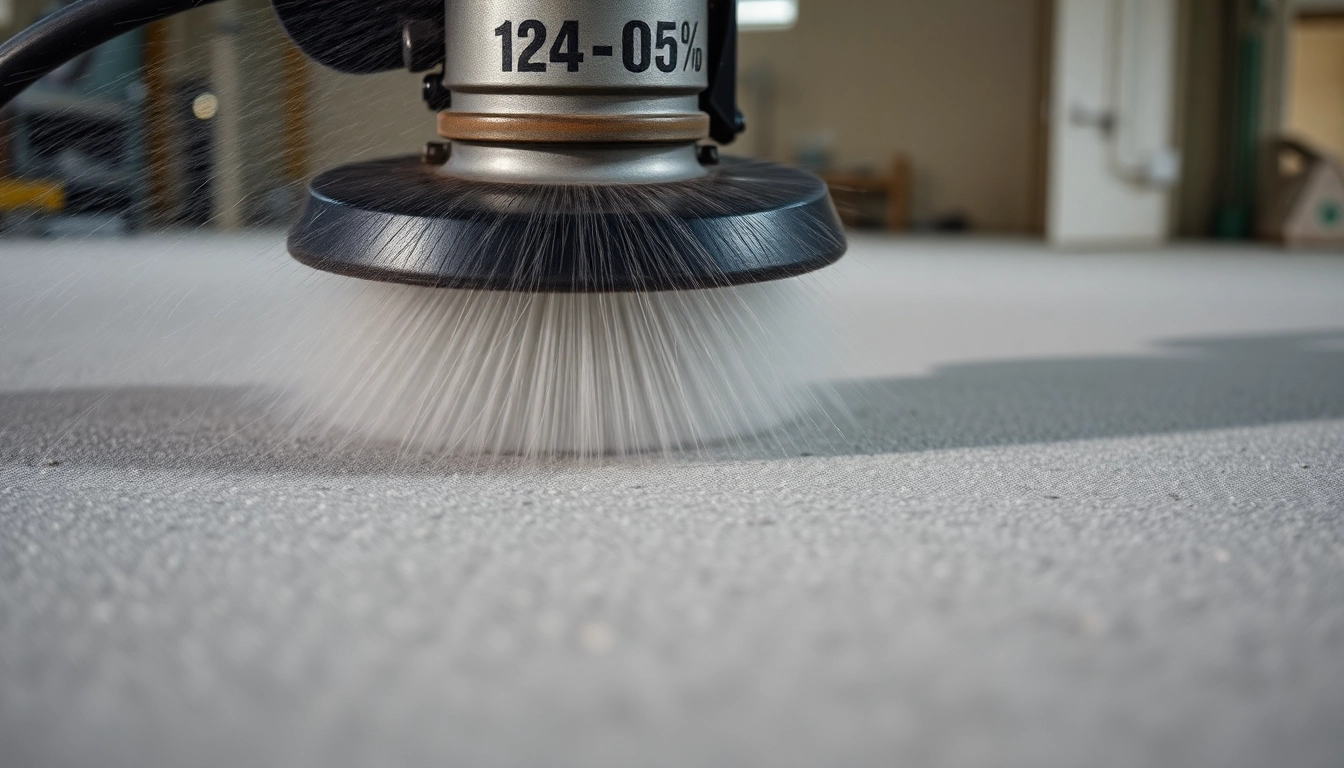Introduction to Carpentry and Its Role in Construction
Carpentry stands at the heart of the construction industry, serving as one of the fundamental trades that transform raw materials into functional, aesthetic, and durable structures. Whether constructing residential homes, commercial buildings, bridges, ships, or intricate furniture pieces, carpenters utilize their specialized skills to shape and assemble materials like wood, concrete, and composite substances. As a versatile and highly skilled craft, carpentry combines technical knowledge, craftsmanship, and modern technology to meet the evolving demands of the construction sector. To understand its significance fully, it’s essential to explore the core aspects of carpentry, from its foundational principles to its critical role in creating safe, efficient, and visually appealing built environments.
For those aspiring to delve into this rewarding trade or property owners seeking quality craftsmanship, understanding the nuances of carpentry is vital. In fact, mastering this craft not only offers a pathway to a sustainable career but also allows individuals and companies to contribute meaningfully to community development and infrastructural growth. To learn more about the invaluable principles guiding this craft, visit carpentry and explore professional services tailored to your needs.
Understanding the Fundamentals of Carpentry
Defining Carpentry as a Skilled Trade and Craft
Carpentry is both an art and a science, involving the precise measurement, cutting, shaping, and assembly of materials to create structures that are not only functional but also durable and aesthetically pleasing. According to Wikipedia, “Carpentry is a skilled trade and a craft in which the primary work performed is the cutting, shaping and installation of building materials during the construction of buildings, ships, timber bridges, concrete formwork, etc.” This broad definition underscores the diversity and technical complexity of carpentry tasks, which range from framing and structural support to detailed finish work.
Core Principles and Technical Foundations
Understanding key principles such as accurate measurement, precise cutting, proper joinery, and load-bearing calculations is crucial. Mastery of these fundamentals ensures the safety and longevity of structures. Modern carpenters also rely on blueprints, CAD software, and building codes to inform their work, blending traditional craftsmanship with cutting-edge technology.
Common Types of Carpentry Projects
Structural Carpentry
This type includes framed walls, roofs, bridges, and other load-bearing systems. Structural carpenters specialize in creating the skeletal framework of buildings, ensuring they meet engineering standards and safety regulations. Examples include residential framing, commercial steel and wood frameworks, and major infrastructure projects like bridges and dams.
Finish Carpentry
Focuses on aesthetic and fine-detail work such as installing moldings, cabinetry, countertops, staircases, and doors. Finish carpenters shape the final appearance of spaces, emphasizing precision and craftsmanship that enhance interior aesthetics and user comfort.
Carpentry Related to Specialized Sectors
In addition to residential and commercial projects, carpenters often work in niche areas like boat building, ship carpentry, cabinetry, and custom furniture making. These projects demand highly refined skills and a keen eye for detail, often involving unique materials and complex designs.
Essential Tools Every Carpenter Needs
A well-equipped carpenter’s toolkit forms the backbone of efficient and quality work. It includes both traditional hand tools and modern power tools designed for precision and durability. Key tools include:
- Measuring tape and laser distance finders for accuracy
- Combination squares and levels for alignment
- Hammers and mallets for driving nails and adjusting fits
- Saws (hand saws, circular saws, jigsaws, miter saws) for cutting various materials
- Power drills and screwdrivers for fastening
- Chisels, files, and rasps for shaping
- Clamps and vices to hold materials securely during work
- Safety equipment including goggles, ear protection, and respirators
Investing in high-quality tools and maintaining them properly ensures efficiency, safety, and the quality of the finished project, which is vital for establishing a good reputation in the field.
Skills and Techniques for Efficient Carpentry Work
Measuring, Cutting, and Joining Wood Accurately
The cornerstone of good carpentry lies in precision. Accurate measurements prevent material wastage and ensure proper fit and alignment. Techniques like double-checking measurements, using jigs, and employing proper marking methods minimize errors. Cutting methods vary based on the material and task, from hand saws for small, detailed cuts to power saws for larger, straight cuts.
Advanced Framing and Structural Carpentry
Structural techniques involve understanding load paths, load-bearing walls, and seismic/wind considerations, especially in commercial and high-rise construction. Mastery over advanced framing methods—such as balloon framing, platform framing, and simple trusses—enhances efficiency and safety. Structural carpenters also work closely with engineers and architects to translate detailed plans into reality.
Finish Carpentry: Detailing and Aesthetic Enhancements
Finish carpentry emphasizes attention to detail—crafting smooth moldings, custom cabinetry, and decorative elements. Techniques like mitering, scribing, and sanding are essential here. Quality finish carpentry improves a space’s visual appeal and can significantly increase property value.
Training, Certification, and Career Development
Educational Paths to Becoming a Certified Carpenter
Prospective carpenters can pursue formal education through vocational schools, community colleges, and apprenticeship programs. Courses cover fundamental skills, safety protocols, blueprint reading, and specialized techniques. For example, the Los Angeles Trade-Tech College offers comprehensive carpentry training that prepares students for the workforce.
Certification programs such as those offered by the National Association of Home Builders (NAHB) help validate skills and improve employability in competitive markets. Certification also demonstrates a commitment to quality and ongoing professional development.
Apprenticeship Programs and Skill Advancement
Most seasoned carpenters gain their expertise through apprenticeships—structured programs combining on-the-job training with classroom instruction. These typically last 3-4 years, during which apprentices work under experienced journeymen, learning safety, advanced techniques, and project management. Successful completion leads to journeyman status and eligibility for master carpenter certification.
Building a Successful Carpenter Portfolio
Showcasing completed projects, certifications, and testimonials builds credibility. Maintaining a digital portfolio on platforms or a professional website can attract high-end clients and better job opportunities.
Best Practices for Quality and Safety in Carpentry
Establishing a Safe Work Environment
Safety is paramount. Implementing protocols like proper PPE, secure scaffolding, controlled environments, and tool maintenance reduces accidents. OSHA standards provide comprehensive guidelines for safe construction practices that every professional should adhere to.
Quality Control and Material Selection
Choosing appropriate materials based on project requirements and environmental conditions ensures durability. Quality control involves inspecting materials and workmanship at every stage, preventing costly rework or safety hazards.
Maintaining Precision and Attention to Detail
Accurate measurements, careful execution, and meticulous checks guarantee high standards. Developing a habit of double-checking work and using proper tools minimizes errors, leading to a flawless finish and client satisfaction.
Trends, Tips, and Resources for Modern Carpenters
Emerging Technologies in Carpentry
Innovations such as CNC routers, laser measuring tools, and Building Information Modeling (BIM) are transforming how carpenters plan and execute projects. These tools improve precision, reduce waste, and speed up project timelines. Adoption of green materials and energy-efficient designs also supports sustainable practices.
Resourceful Tips for Cost-Effective Projects
Using reclaimed materials, modular components, and efficient labor management reduces costs. Proper planning, procurement, and time management prevent delays and budget overruns.
Community and Learning Opportunities
Engaging with online communities such as Reddit’s r/Carpentry, industry associations, and local trade schools promotes continual learning. Workshops, webinars, and mentorships help stay updated on best practices and new tools.



